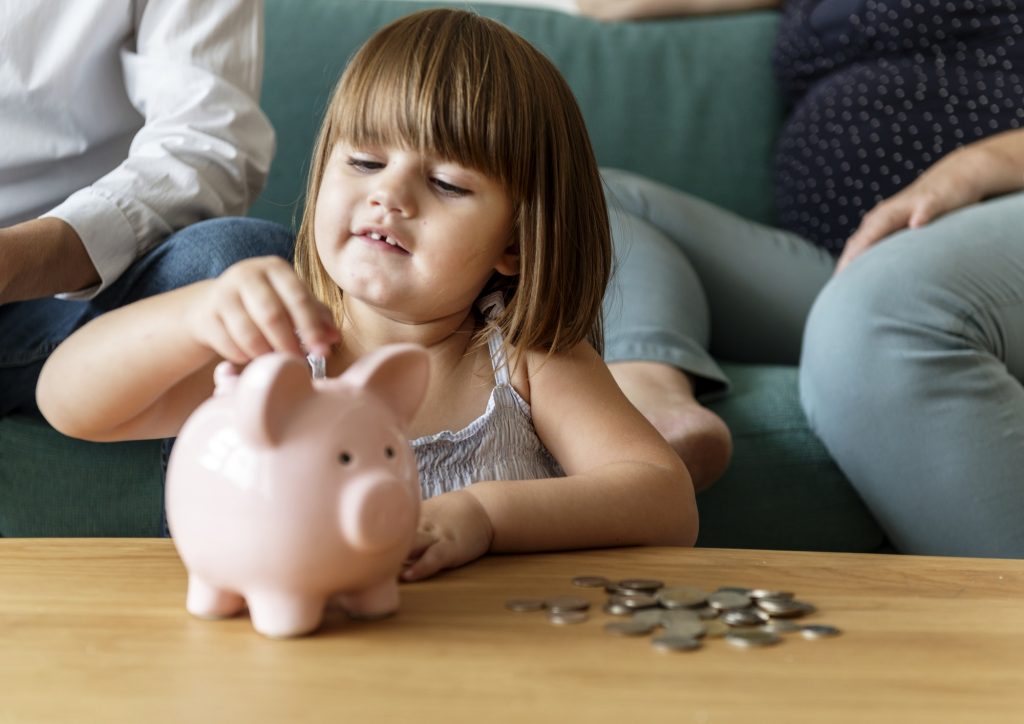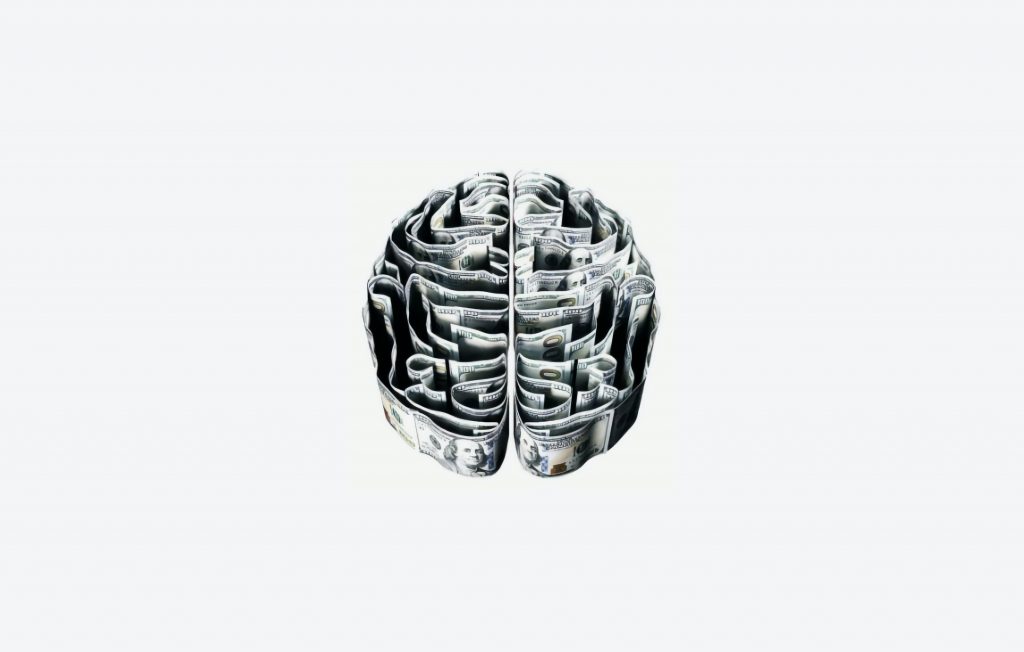With the new year around the corner, it’s time to evaluate your financial plan. In between celebrating the past year and spending time with loved ones we also have to plan for the upcoming year. Creating healthier money habits that lead to overall wellbeing and greater financial health is the best way to bring in the new year. Get started with these five steps to achieving a better relationship with money and spending:
1. Review your spending habits
The first step is to look at all your habits – income, expenses, debts and savings. This can be an overwhelming step if you have anxiety around money, so take your time and map it all out so you can understand where you stand. Having a full view of your financial situation is the easiest way to spot areas that need improvement and help you set up goals and create a plan as you move forward.
2. Learn to spend for your goals
Take the time to look over your expenses, and cross-reference them with your financial goals to see if they match up. Do you have unnecessary spending habits? Or subscriptions you’ve forgotten about? This is your time to remove any expenses that don’t line up with your short and long term goals. If you’re looking to pay off any debt – seek to remove any subscriptions, overeating out or unnecessary spending. The ultimate goal here is to focus your spending on whatever goal is important to you in that time.
3. Figure out your financial values
When learning your goals and spending habits, it’s important to sit back and find out what your financial values are. How do you feel about money? Take a minute to think of the first three words that come to find when you think of money. Consider why these come to mind first. Typically our financial believes and behaviours are tied to our upbringings and how our parents or guardians spoke about money growing up. Once you recognise these roots, it’s a lot easier to develop new financial habits that lead to a healthier relationship.
4. Look back on positive spending habits
Providing evidence for yourself that you’re good with handling money is one way to boost your confidence. No one is perfect, but when we take off the negative lens from our money we can see that you’re a lot better with money than originally thought. Some examples of good money practice include:
- Paying bills on time
- Having a bank account
- Paying off debt
- Saving money – regardless of the amount
Reflecting on these habits can show just how well you handle money already – it’s just a matter of putting all these habits and reflections together and moving on to the last step.
5. Create a plan
Once you’ve done the previous four steps you can move on to the final step – creating your financial plan to keep you on track with any goals. A spending plan allows you to prioritise spending to align with any time-based values or long-term goals so you can cover the important goals first. Putting all these aspects into practice and creating a plan can help improve your relationship so that money is no longer a burden, but a learning opportunity that changes as you grow as a person.
Now that you’ve reflected on your habits, goals and created a plan you can work towards creating a healthier relationship with money and build upon this to meet your long-term goals. If you want to learn more about money and mindset – read some of our other blogs here or here.






